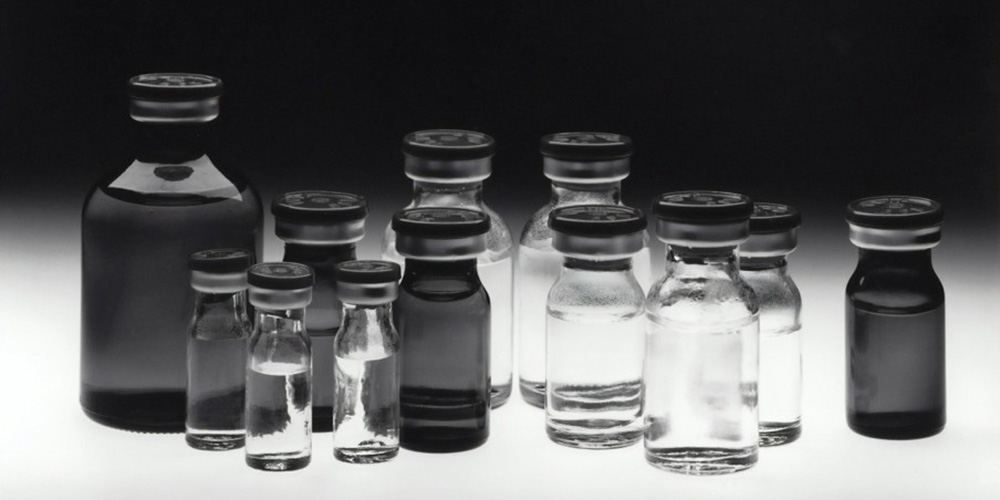
Focusing on a pivotal axis in chemoresistance
Chemotherapy is a frontline cancer treatment, but, over time, many cancers become resistant to the effects of chemotherapeutic drugs. Gastric carcinoma, or GC, is no exception and is among the top five causes of cancer-related mortalities worldwide. Chemoresistance occurs in GC via any number or combination of mechanisms, including a reduction in drug uptake or changes in the expression of molecular targets.

Marwah Al-Mathkour, a postdoctoral fellow at the University of Miami, studies this problem. “I am working with my colleagues to define the signaling pathway that leads to drug resistance in gastric cancer,” she said. “One important player is the CDK1–SOX9 axis.”
Cyclin-dependent kinase 1, or CDK1, is a critical cell cycle-regulating protein that shows increased tumor expression correlated with poor patient survival. The transcription factor SOX9 is a tumor suppressor in some cancers and an oncogene in others, including gastric cancer. CDK1 can regulate SOX9 expression through microRNA, or miRNA.
Al-Mathkour’s research in Wael El-Rifai’s lab focuses on underlying molecular and functional mechanisms of CDK1 and SOX9 genes in GC chemotherapy resistance. A challenging aspect of this work is trying to define how CDK1 and SOX9 drive this resistance.
“We are trying different techniques to find the connection, to understand the epigenetic mechanisms that explain the relationship between CDK1 and SOX9,” Al-Mathkour said. “In my work, microRNA is one of the players that contribute to the drug resistance.”
Researchers have previously reported specific miRNA changes in GC, which Al-Mathkour’s team observed in their data set. When they treated cells with a DNA methyltransferase inhibitor called 5-Aza, they saw upregulation in expression of miR-145, a tumor suppressor with many tumor-specific targets that regulates tumor growth, invasion and metastasis. CDK1 and SOX9 expression increases in multiple cell lines that are resistant to the chemo drug cisplatin; when both proteins are silenced, the cells become sensitive to chemotherapy.
Al-Mathkour said she wants to find ways to “improve the treatment for patients with resistance to chemotherapy.” One approach is to understand chemoresistance at a mechanistic level.

Details
Marwah Al-Mathkour will present this research from 5:30 to 6:30 p.m. CDT on Sunday, March 24, at Discover BMB 2024, the American Society for Biochemistry and Molecular Biology annual meeting in San Antonio. Her poster is at Board 324.
Abstract title: CDK1–SOX9 axis contributes to chemotherapy resistance in gastric cancer.
Enjoy reading ASBMB Today?
Become a member to receive the print edition four times a year and the digital edition monthly.
Learn moreGet the latest from ASBMB Today
Enter your email address, and we’ll send you a weekly email with recent articles, interviews and more.
Latest in Science
Science highlights or most popular articles

Bacteriophage protein could make queso fresco safer
Researchers characterized the structure and function of PlyP100, a bacteriophage protein that shows promise as a food-safe antimicrobial for preventing Listeria monocytogenes growth in fresh cheeses.

Building the blueprint to block HIV
Wesley Sundquist will present his work on the HIV capsid and revolutionary drug, Lenacapavir, at the ASBMB Annual Meeting, March 7–10, in Maryland.

Gut microbes hijack cancer pathway in high-fat diets
Researchers at the Feinstein Institutes for Medical Research found that a high-fat diet increases ammonia-producing bacteria in the gut microbiome of mice, which in turn disrupts TGF-β signaling and promotes colorectal cancer.

Mapping fentanyl’s cellular footprint
Using a new imaging method, researchers at State University of New York at Buffalo traced fentanyl’s effects inside brain immune cells, revealing how the drug alters lipid droplets, pointing to new paths for addiction diagnostics.

Designing life’s building blocks with AI
Tanja Kortemme, a professor at the University of California, San Francisco, will discuss her research using computational biology to engineer proteins at the 2026 ASBMB Annual Meeting.

Cholesterol as a novel biomarker for Fragile X syndrome
Researchers in Quebec identified lower levels of a brain cholesterol metabolite, 24-hydroxycholesterol, in patients with fragile X syndrome, a finding that could provide a simple blood-based biomarker for understanding and managing the condition.

